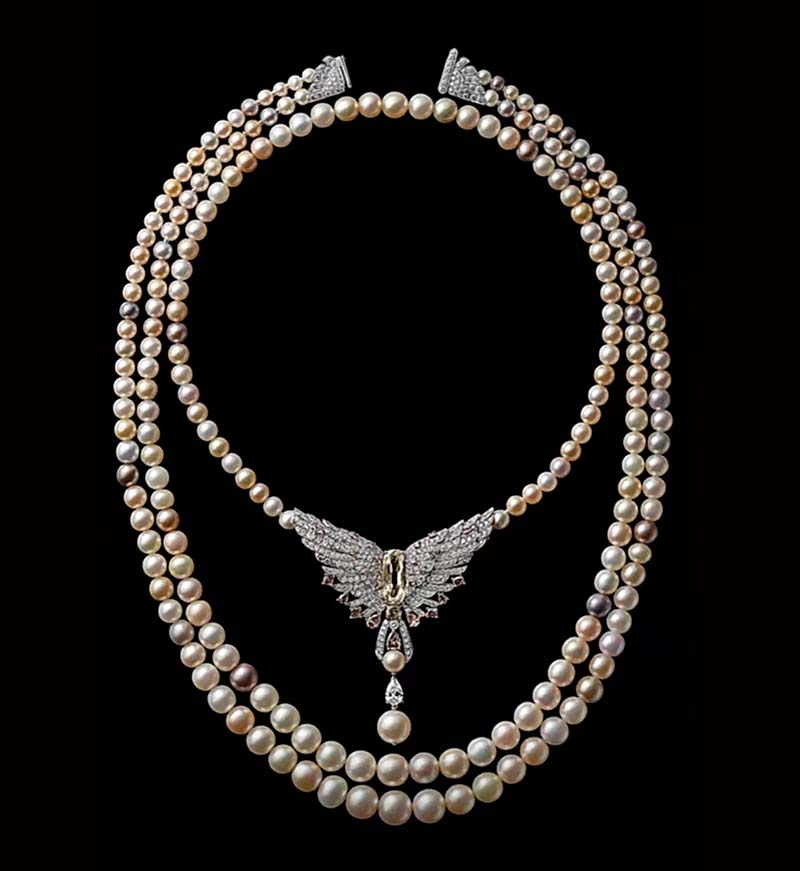More than a century ago, Cartier traded a pearl necklace for a magnificent building that combined prestige and glory.


Originally, the building was the mansion of Morton Plant, a well-known New York businessman, and the street was known as “Millionaire’s Row” in those days.
Vanderbilts, Astors, and other notable New Yorkers lived on the street.


Back in the early 1900s, pearls were so valuable that they were worth more than diamonds. At that time, cultured pearls were still immature, and fine jewelry pearls were basically wild. Wild pearls were already very rare and difficult to mine.


Cartier spent nearly 10 years searching in Paris, Dubai, and the Persian Gulf, screening and collecting a series of high quality wild pearls with a high degree of match. Cartier produced this double-strand necklace made of 128 wild pearls.


One strand has 55 pearls and the other has 73 pearls, the largest measuring approximately 17mm in diameter.


This double-stranded pearl necklace is a precious masterpiece of which Cartier is very proud.

At the time, Pierre Cartier was looking around New York City for a location to open a landmark boutique. He wanted a building that rivaled Cartier’s flagship store on Rue de la Paix in Paris. The Plante mansion was the most perfect building.
Macy Plant, wife of Wharton Plant, saw the wild pearl necklace at the Cartier salon and was haunted by a single glance.
So Pierre offered the Morton Mansion in exchange for the pearl necklace, which at the time was worth $1 million dollars.
What does that amount to? The New York Times estimated that the Pratt mansion was worth about $925,000 in 1916, even slightly less than Cartier’s wild pearl necklace.


A pearl necklace in exchange for a story building sensationalized the whole industry, and it remains in the history of pearls is a colorful legend, can not be surpassed.








